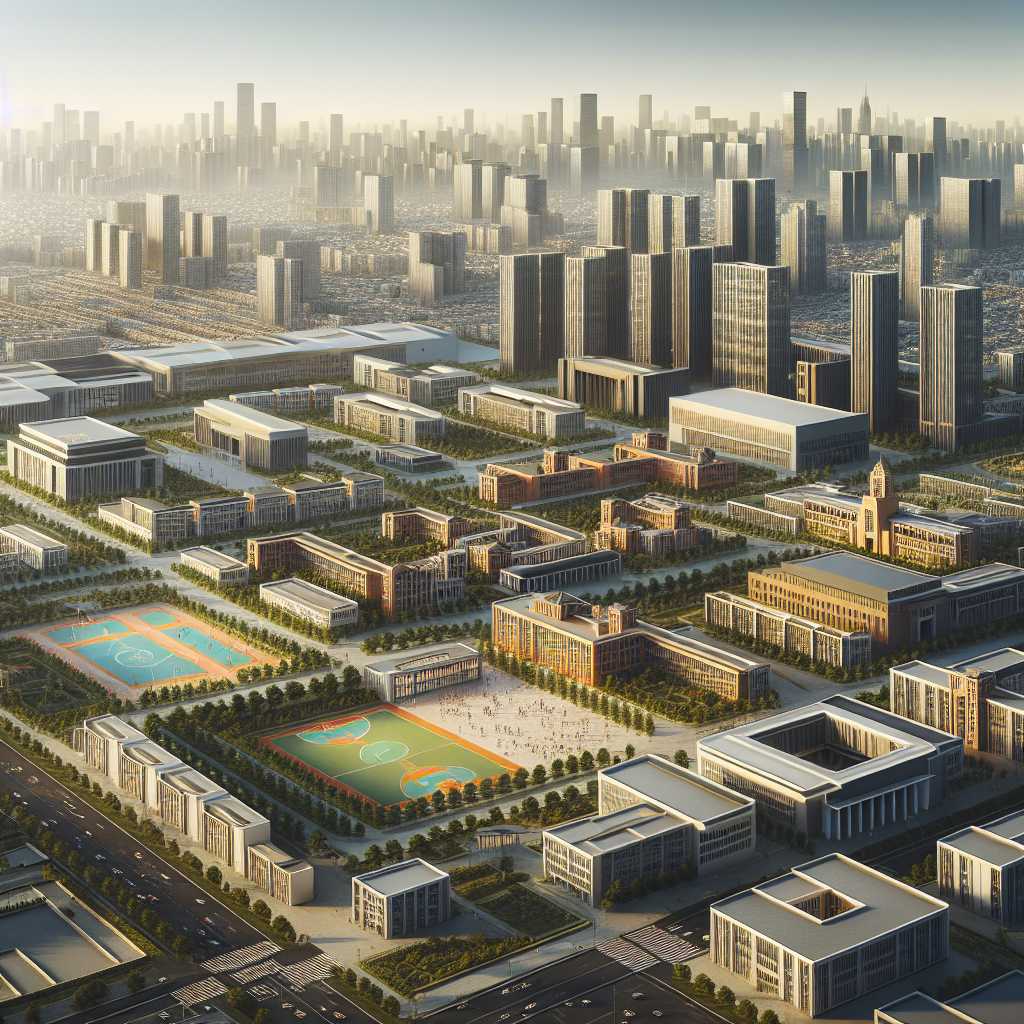Understanding the Los Angeles Unified School District (LAUSD): An Overview of its Structure, Impacts, and Challenges
The Los Angeles Unified School District (LAUSD) is one of the most significant public school systems in the United States. As an educational hub for a diverse and populous region, it encompasses a wide array of schools, programs, and services designed to cater to the needs of its students. This article will delve into the characteristics that define LAUSD, explore its impact on the community, and look at the various challenges it faces in providing education to its students.
The Composition of LAUSD
The Los Angeles Unified School District is not only a cornerstone of education within the city of Los Angeles but also in surrounding communities. It is the second-largest public school district in the nation, following close behind New York City’s school system. With hundreds of public schools—including elementary, middle, and high schools—LAUSD serves a student body that speaks more than 90 languages and hails from a rich tapestry of cultural backgrounds.
Educational Programs and Success Metrics
LAUSD stands out for its comprehensive educational services that span general K-12 education, special education, adult education, and beyond. Innovations in curriculum development and educational technology are a part of LAUSD’s continuous commitment to academic excellence.
A key measure of success for any school district is its graduation rate. LAUSD has seen fluctuations in graduation rates over the years, with various programs implemented to enhance learning outcomes. Programs aimed at reducing dropout rates, as well as advanced placement courses designed to challenge students ready for college-level work, highlight LAUSD’s dedication to catering to a spectrum of educational needs.
Fiscal Management and Resources Allocation
Applying effective fiscal management in such a large school district is a herculean task that involves budgeting billions of dollars efficiently. Funding is sourced from local taxes, state aid, and federal programs. Ensuring that these funds are allocated fairly and strategically to meet multiple priorities—from teacher salaries to school maintenance—is a critical ongoing responsibility for LAUSD administrators.
Overcoming Issues
Just like any large educational institution, LAUSD has faced several issues historically, some of which remain active concerns. These challenges include managing budget constraints amidst pressures to improve facilities, keep up with technological advancements, enhance teaching quality, and ensure academic achievement for all students. The plight has regularly been high student-to-teacher ratios that stretch the capacity of educators to give personalized attention.
Navigating Educational Reform: Pressures and Policies
Lawsuits and educational reforms can reshape the operations within LAUSD drastically. Pressures demand reform in multiple dimensions including governance structures, closer parental involvement, increasing charter school demands, teacher evaluations reforms, and the optimization of student-teacher ratios.
Technology Integration in Education
Advancements in digital learning have seen LAUSD adopting new teaching models that blend in-person instruction with online resources. The deployment of computers and tablets within classrooms reflects the commitment of the district to equip students with 21st-century skills while also battling against digital divide concerns.
Notes
Image Description: A sprawling urban landscape depicting various LAUSD school facilities dotted throughout; elementary, middle, and high school buildings stand prominently amidst playgrounds and sports fields with the city skyline visible in the distance.
